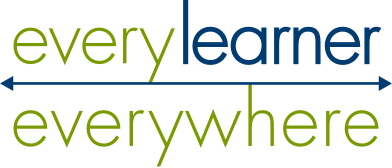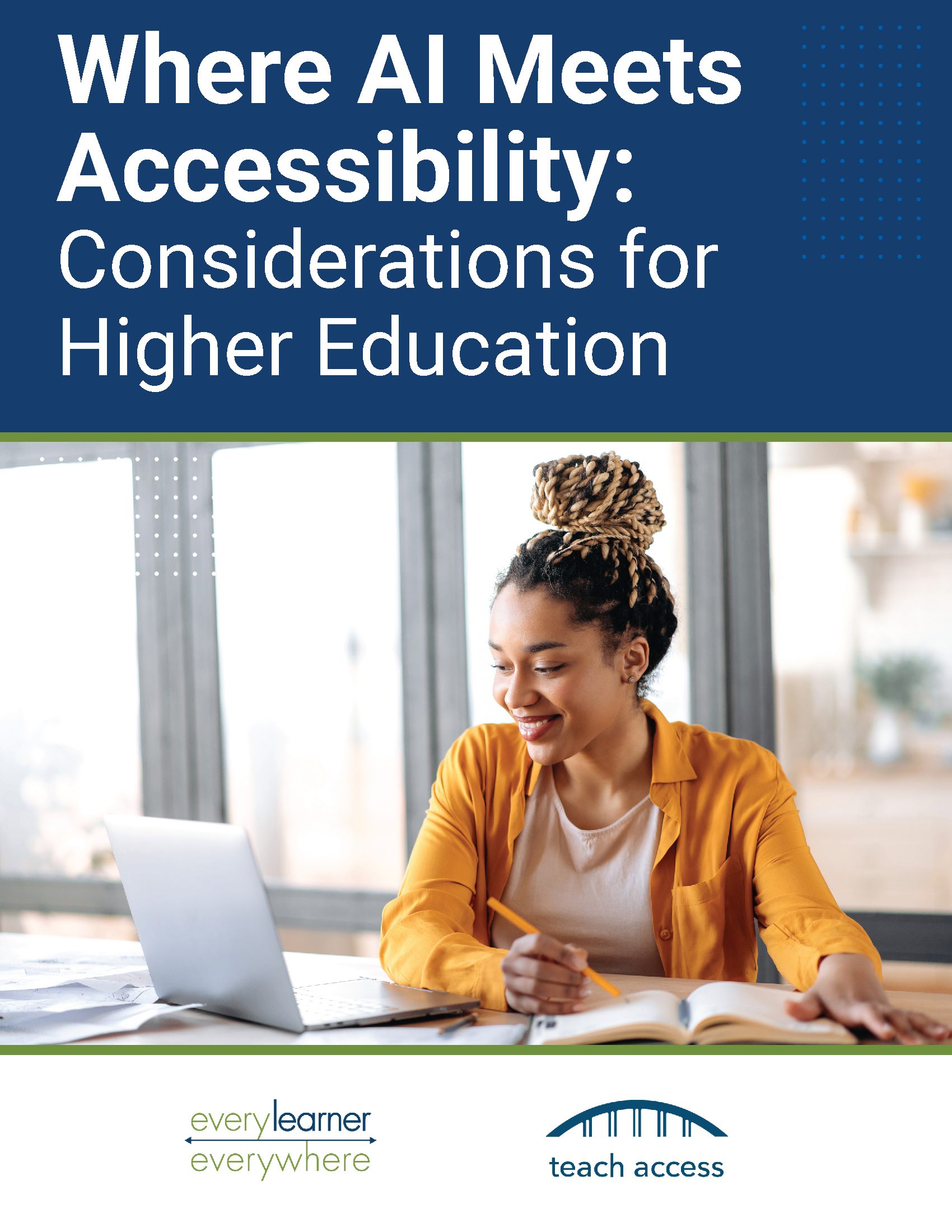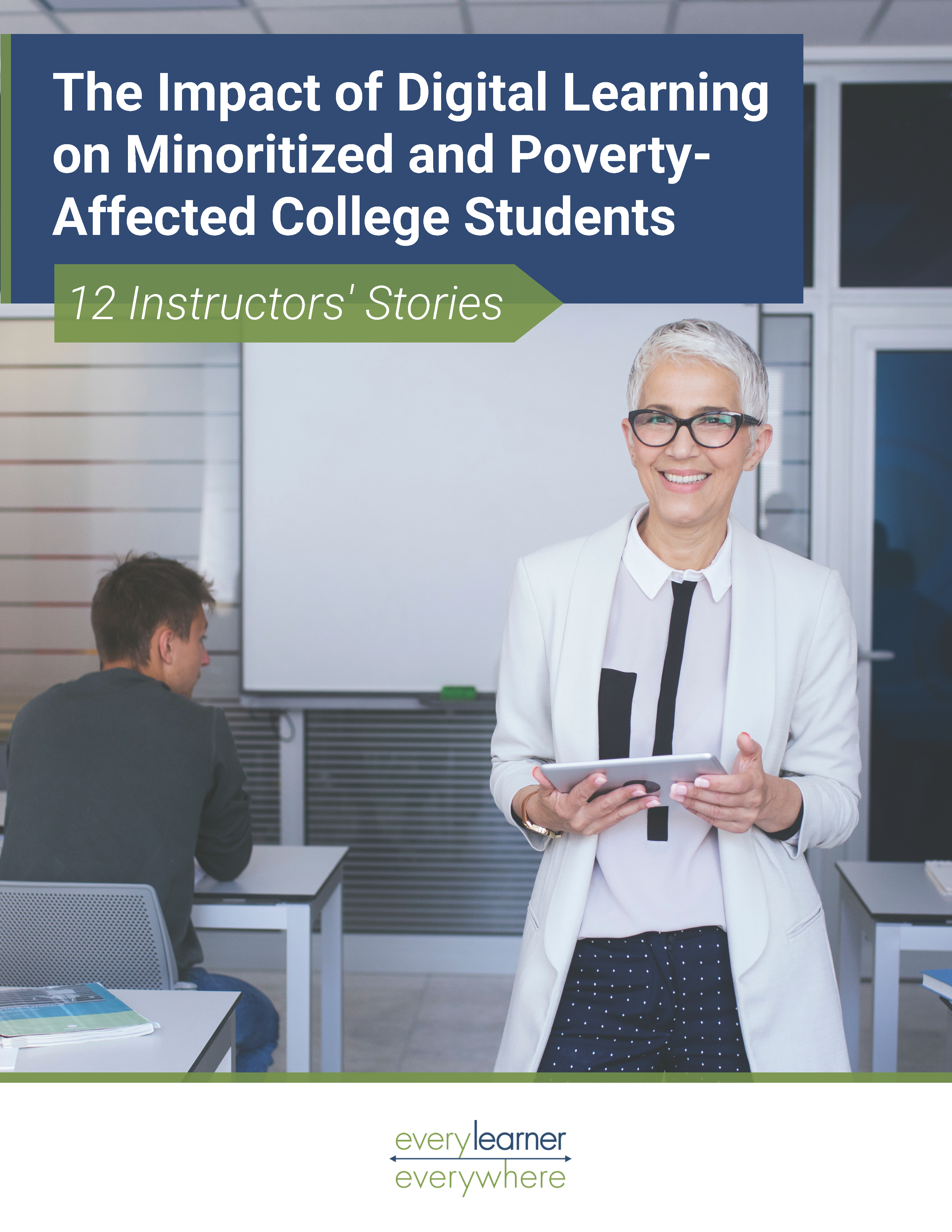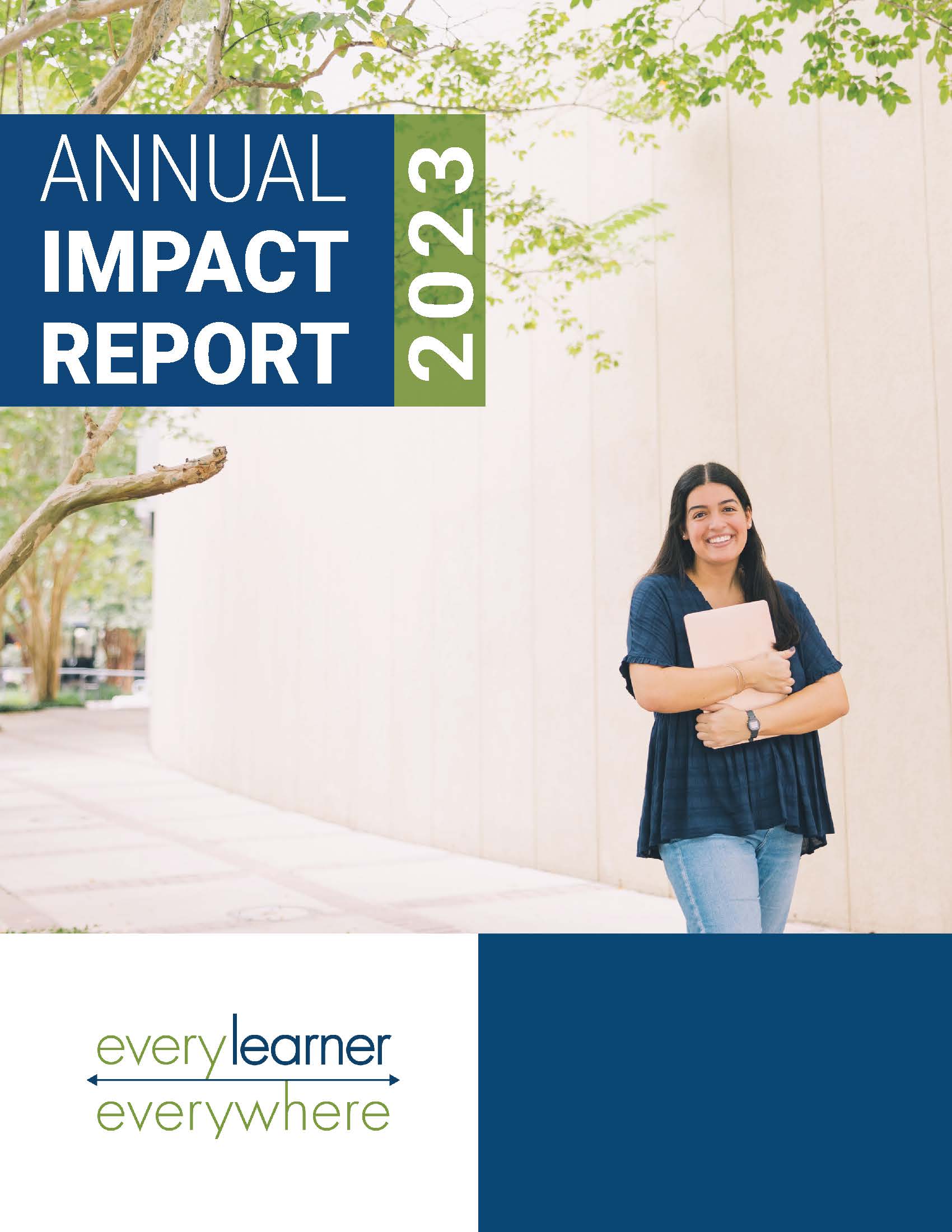Indigenous students are thriving at Tribal Colleges and Universities (TCUs). According to a 2019 report by Gallup with support from the American Indian College Fund, students at TCUs feel more supported and connected, and they graduate at higher rates than their peers enrolled at other institutions of higher education. In addition, TCU graduates report less college debt, greater engagement with their work and with their tribal community, and greater overall well-being than comparison groups. TCU alumni report better outcomes than graduates from other comparison groups in their community, social, and career wellbeing. These graduates possess a strong sense of engagement in the areas where they live, have strong relationships and love in their lives, and feel fulfilled in how they occupy their time by liking what they do every day.
In addition to superior outcomes for TCU students and alumni, TCU institutions, in collaboration with tribal leaders and government agencies, are leading the way in climate change research aimed at finding solutions that preserve and revitalize the land. Native tribes have a long history of both sustainable land management and having to adapt to living on lands that are challenging for subsistence cultures. The TCU research on climate change solutions contributes to the preservation of tribal sovereignty and cultural identity as well as providing solutions for the surrounding non-tribal communities.
This profile examines the culture at Tribal Colleges and Universities. Tribal leaders, historians, educational researchers, and journalists have noted the unique role of these institutions that center on preservation and revitalization of tribal bonds as well as preservation and revitalization of the knowledge and culture of the first nations.
Download the TCU Profile






